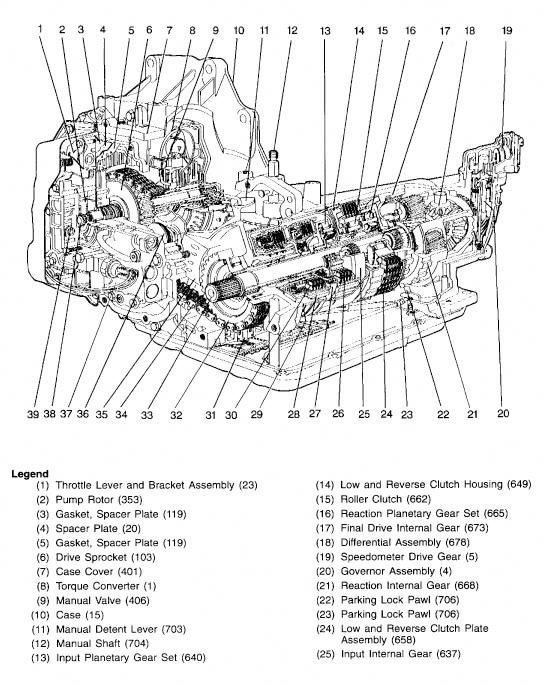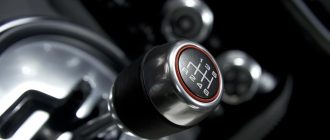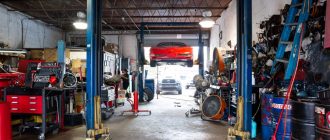# Car Transmission Blueprint: An Exploration into the Heart of Automotive Power
Introduction
In the intricate machinery of an automobile, the transmission plays a pivotal role in delivering power from the engine to the wheels. Its blueprint reveals a complex interplay of gears, shafts, and hydraulic systems, working in harmony to provide smooth and efficient gear shifting. This blueprint exploration delves into the inner workings of a car transmission, shedding light on its design, components, and operation.
Transmission Design: A Versatile Power Transfer System
Transmission designs vary depending on the vehicle’s intended purpose and powertrain configuration. Common types include:
Manual Transmission
* Driver-controlled gear selection
* Uses a clutch to disengage the engine from the transmission
* Offers greater driver control and fuel efficiency, but requires manual shifting
Automatic Transmission
* Automated gear shifting using a hydraulic system or electronic controls
* Provides seamless transitions between gears
* Convenient and easier to drive, but may be less fuel-efficient than manual transmissions
Continuously Variable Transmission (CVT)
* Employs a set of pulleys and a belt to provide a smooth, stepless gear ratio
* Maintains optimal engine speed for improved fuel efficiency
* Often found in hybrid and fuel-efficient vehicles
Transmission Components: A Team of Precision Engineering
The transmission houses various components that orchestrate gear shifting and power transfer:
Input Shaft
* Receives power from the engine crankshaft
* Transmits rotational motion to the gear cluster
Gear Cluster
* Consists of gears with different sizes and ratios
* Facilitates speed and torque changes
Output Shaft
* Transmits power from the selected gear to the driveshaft
* Connects to the wheels via differentials
Shift Forks
* Engage and disengage gears by sliding along grooves on the gear cluster
* Control the movement of gears
Synchronizers
* Ensure smooth gear engagement by matching the speeds of the gears before meshing them
* Prevent grinding and gear damage
Transmission Operation: A Sequence of Precise Actions
The operation of a car transmission involves a carefully orchestrated sequence of events:
Manual Transmission:
1. Driver depresses the clutch pedal, disengaging the engine from the transmission.
2. Driver shifts the gear lever, moving the shift forks to select the desired gear.
3. Synchronizers align the speeds of the gears.
4. Driver releases the clutch pedal, engaging the engine to the transmission in the selected gear.
Automatic Transmission:
1. Input shaft receives power from the engine.
2. Hydraulic system or electronic controls determine the appropriate gear.
3. Shift solenoids actuate the shift forks, engaging the selected gear.
4. Torque converter (in automatic transmissions) multiplies torque and provides a smooth connection between the engine and transmission.
Transmission Maintenance: Ensuring Optimal Performance
Regular maintenance is crucial for prolonging the lifespan and ensuring the smooth operation of a car transmission:
Fluid Checks and Changes:
* Transmission fluid lubricates moving parts and prevents wear.
* Regularly check fluid levels and replace fluid as per manufacturer’s recommendations.
Filter Cleaning or Replacement:
* Transmission filters remove contaminants from the fluid.
* Clean or replace filters to prevent clogging and ensure proper fluid flow.
Gear Inspections:
* Periodic inspections can identify potential issues with gears, bearings, and other components.
* Early detection can prevent costly repairs.
Clutch Replacement (Manual Transmissions Only):
* The clutch engages and disengages the engine from the transmission.
* Worn or damaged clutches may slip or chatter, requiring replacement.
Troubleshooting Transmission Problems: Identifying and Resolving Issues
Common transmission problems and their potential causes:
Slipping Gears:
* Worn or damaged gears, synchronizers, or clutches
* Low transmission fluid levels
Grinding Noises:
* Misaligned gears
* Worn synchronizers
Difficulty Shifting:
* Faulty shift forks or linkages
* Low transmission fluid levels
Transmission Fluid Leaks:
* Worn seals or gaskets
* Damaged transmission case
Conclusion
The car transmission is a complex and vital component that bridges the power source of the engine and the motion of the wheels. Its design and operation are remarkably intricate, relying on gears, shafts, and hydraulic systems to deliver power smoothly and efficiently. Understanding the blueprint of a car transmission not only enhances appreciation for its engineering marvel but also equips drivers with the knowledge to maintain its performance and identify potential issues.






